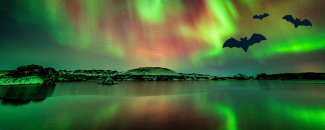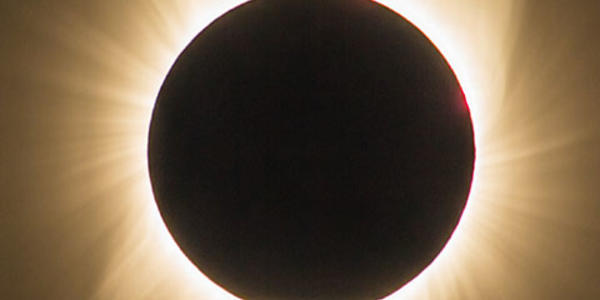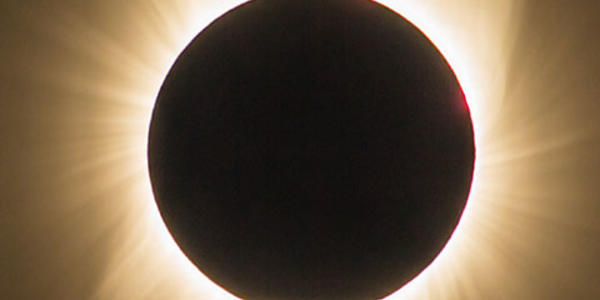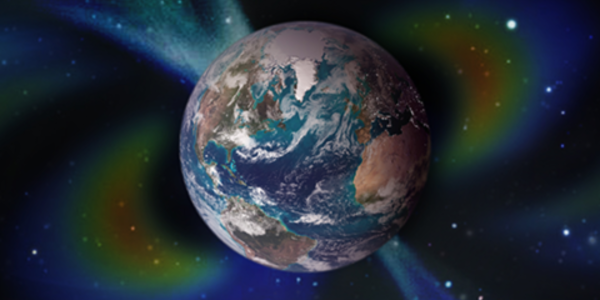
Two decades ago, the sun played a rather spooky Halloween trick when it unleashed a series of massive solar storms in late October 2003, some of which hit the Earth. With little warning, three massive and very intense sunspot groups emerged on the sun's surface in late October, with the largest measuring over 13 times the size of Earth. Due to their extreme size and complex structure, 17 major solar flares accompanied the sudden increase in sunspots.
A Day for the Record Books
On October 28, the largest of the sunspots ejected an enormous solar flare—one of the largest ever recorded at the time. Magnetic energy and a fast-moving burst of gas called a coronal mass ejection (CME) came from the sun's outer atmosphere, and was quickly followed by a geomagnetic storm, which grew to become the sixth most intense storm in over 70 years. Less than 24 hours later, the sun produced another powerful Earth-directed CME with another extreme geomagnetic storm following quickly on its heels.
While the Earth's atmosphere protects us from the dangerous high-energy particles and radiation that solar flares produce, technological systems around the world and in space experienced the full effects of the flares and subsequent geomagnetic storms. Satellites, GPS, and radio communication experienced problems or outages due to the severe activity.
Tricks and Treats
The storms affected over half of all Earth-orbiting spacecrafts, intermittently disrupting satellite TV and radio services, also while damaging a Japanese scientific satellite beyond repair. The solar activity also sent several deep-space missions into safe mode or complete shutdown, and destroyed the Martian Radiation Environment Experiment aboard NASA's Mars Odyssey orbiter. At the height of the storms, astronauts aboard the International Space Station had to take cover from the high radiation levels, which had only happened twice before in the mission's history.
The solar storms also led to communication problems for airline flights between North America and Asia flying over the North Pole, hence disrupting operations. Antarctic science groups had a full communications blackout for over five days. The storms also affected GPS systems used for surveying, deep-sea and land drilling, and other airline flights.
Despite the tricks played on our technological systems, the Great Halloween Solar Storms of 2003 also gave us a treat. The extreme and prolonged geomagnetic storms brought widespread middle and even low latitude aurorae with them on October 29 and 30. Aurora sightings occurred from California to Texas to Florida. People in Australia, central Europe, and even as far south as the Mediterranean countries also reported tremendous aurora viewing.
For more information on this storm event, see the Intense Space Weather Storms, October 19–November 7, 2003, Service Assessment.



